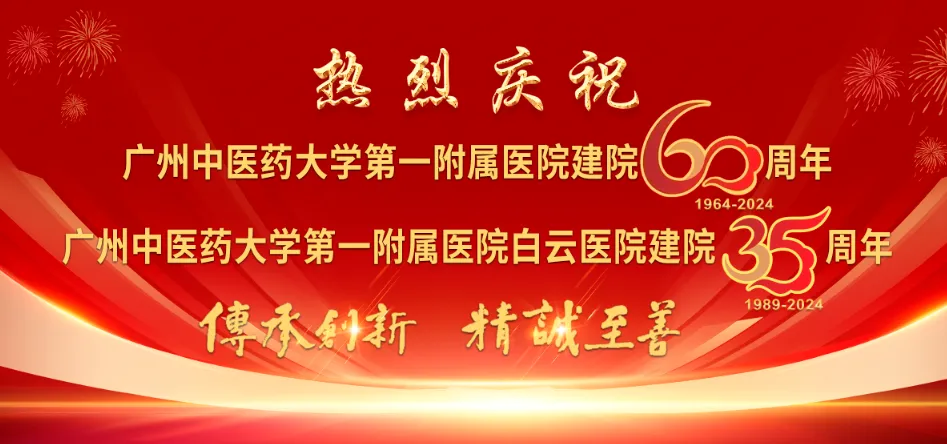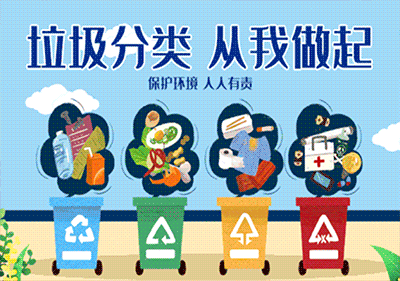
Astragalus (Huang Qi)
Astragalus is the dried root of the leguminous plant Mongolian Astragalus (Huang Qi) or Membranous Milk Vetch. It is harvested in spring and autumn, with the fibrous roots and root tips removed and then sun-dried. The cleaned slices are thick, round or oval-shaped, with a yellowish-white to light brown outer skin, showing longitudinal wrinkles or grooves. The cut surface is yellowish-white in the skin part and light yellow in the wood part, with radial textures and fissures; sometimes the center appears decayed, blackish-brown, or hollow. It has a faint aroma and a slightly sweet taste, with a bean-like flavor when chewed.
Medicinal Properties of Astragalus
Astragalus is sweet in flavor and slightly warm in nature. It enters the Lung (Fei) and Spleen (Pi) meridians. It has the effects of tonifying Qi and raising Yang, stabilizing the exterior and stopping sweating, promoting urination and reducing swelling, generating fluids and nourishing blood, relieving stagnation and alleviating pain, expelling toxins and promoting pus discharge, and promoting wound healing and tissue regeneration. Clinically, it is commonly used to treat Qi deficiency and fatigue, poor appetite with loose stools, sinking of the middle Qi, chronic diarrhea with prolapse of the rectum, blood in stools, uterine bleeding, spontaneous sweating due to exterior deficiency, Qi deficiency with edema, internal heat with thirst, blood deficiency with sallow complexion, hemiplegia, numbness and pain due to obstruction, difficult-to-heal sores, and chronic ulcers that do not close. For those with Spleen Qi deficiency, fatigue, and poor appetite with loose stools, it can be taken alone as a decoction or combined with other Qi-tonifying herbs like Dang Shen (Codonopsis) and Bai Zhu (White Atractylodes); for treating chronic diarrhea with rectal prolapse due to Spleen Qi deficiency, it is often used with Ren Shen (Ginseng), Sheng Ma (Cimicifuga), and Chai Hu (Bupleurum), as in the formula Bu Zhong Yi Qi Tang; if there is Spleen deficiency with water retention leading to edema and reduced urination, it is commonly combined with Bai Zhu and Fu Ling (Poria) to promote urination and reduce swelling; this herb also tonifies Qi and nourishes blood, and is often used with blood-nourishing herbs like Dang Gui (Angelica) in formulas such as Dang Gui Bu Xue Tang; for blood loss due to Spleen Qi deficiency, it can help to stabilize blood and is often combined with Ren Shen and Bai Zhu, as in Gui Pi Tang; for thirst due to Spleen deficiency and inability to distribute fluids, it is often used with Tian Hua Fen (Trichosanthes Root) and Ge Gen (Kudzu) in formulas like Yu Ye Tang; for Lung Qi deficiency with chronic cough and shortness of breath, it is often combined with Zi Wan (Aster), Kuan Dong Hua (Tussilago), and Xing Ren (Apricot Kernel) to resolve phlegm and stop cough; for treating spontaneous sweating due to Wei Qi deficiency, it is often used with Mu Li (Oyster Shell) and Ma Huang Gen (Ephedra Root) to stop sweating, as in the formula Mu Li San; if spontaneous sweating due to Wei Qi deficiency makes one susceptible to wind pathogens, it is advisable to combine it with Bai Zhu and Fang Feng (Saposhnikovia), as in the formula Yu Ping Feng San; in the mid-stage of sores and ulcers, when the righteous Qi is weak and toxins are strong, making it difficult for the sores to drain, this herb can be used to tonify Qi and nourish blood, supporting the righteous Qi and expelling pus and toxins, often combined with Ren Shen, Dang Gui, Sheng Ma, and Bai Zhi (Angelica Dahurica) in the formula Tuo Li Tou Nong San; in the late stage of ulcers, when Qi and blood are weak, and the pus is thin and clear, making it difficult for the sore to heal, it is often combined with Ren Shen, Dang Gui, and Rou Gui (Cinnamon) in the formula Shi Quan Da Bu Tang; for treating wind-cold-damp bi syndrome, it is advisable to combine it with Chuan Wu (Aconite) and Du Huo (Angelica Pubescens) to dispel wind-dampness, and with Chuan Xiong (Ligusticum) and Niu Xi (Achyranthes) to invigorate blood; for sequelae of stroke, it is often combined with Dang Gui, Chuan Xiong, and Di Long (Earthworm) in the formula Bu Yang Huan Wu Tang.
Application of Astragalus
The clinical dosage of Astragalus is generally 9 to 30 grams. It is recommended to use honey-fried for Qi tonification, while for other purposes, it is mostly used raw. It should be noted that it is not suitable for use in cases of excess exterior pathogens, internal stagnation, Yin deficiency with Yang excess, or in the early stages of sores and ulcers with strong heat toxins.
If there are any copyright issues, please contact for removal.

↓↓↓
How to get to the First Affiliated Hospital of Guangzhou University of Chinese Medicine, Baiyun Hospital?
▲
Long press the QR code above, select “Recognize” to follow


